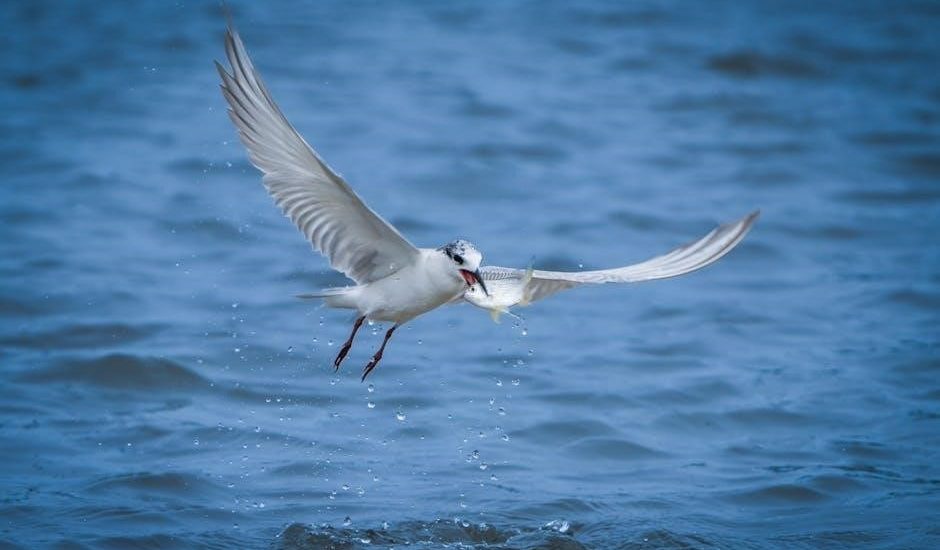How Much to Tip a Fly Fishing Guide: A Comprehensive Guide
Tipping a fly fishing guide typically ranges between 15% to 20% of the trip’s total cost. For exceptional service, consider tipping on the higher end. A standard flat rate for a full-day trip often falls between $75 to $100. Factors like the guide’s expertise, effort, and location can influence the amount. Ensure the tip reflects your satisfaction with the experience and the guide’s contribution to your day on the water.
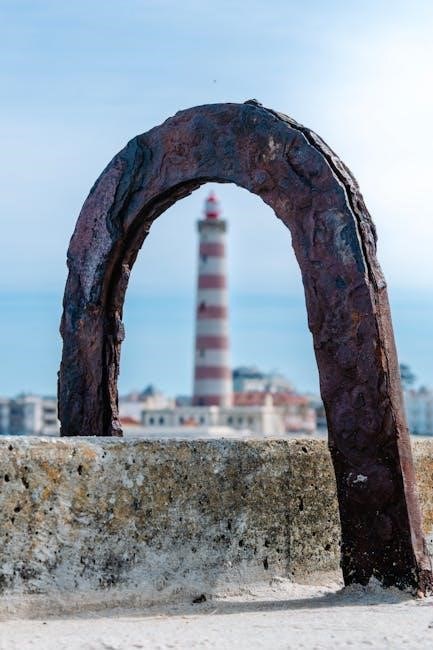
When planning a fly fishing trip, one important consideration is how much to tip your guide. Tipping customs can vary widely, and understanding the appropriate amount to tip ensures a positive experience for both you and the guide. Generally, tipping rates for fly fishing guides range between 15% to 20% of the total trip cost, similar to other service industries. However, this can vary depending on factors such as the length of the trip, the guide’s performance, and regional norms.
For a full-day trip, a common tip might be between $75 to $100, reflecting the guide’s expertise and effort. If the guide provides exceptional service, such as offering additional instruction or going above and beyond to enhance your experience, considering a higher tip is appropriate. Conversely, if the service is unsatisfactory, a lower tip may be warranted, though it’s important to communicate any issues directly.
Tipping practices can also differ by location. In some regions, higher tips are expected, while in others, the standard may be lower. It’s wise to research local customs if traveling to a different area. Additionally, consider whether the tip should be per person or per group, especially if fishing with others. Budgeting for the tip in advance ensures you’re prepared to show appreciation for your guide’s efforts.
Ultimately, the tip should reflect the value you received from the guide’s expertise, effort, and contribution to your fly fishing experience. By understanding these factors, you can determine an appropriate and fair tip, fostering a positive interaction and ensuring a memorable trip.
Standard Tipping Range
When it comes to tipping a fly fishing guide, understanding the standard range is essential to ensure you express gratitude appropriately. The typical tipping range for fly fishing guides is between 15% to 20% of the total trip cost. This percentage is widely accepted across the industry and reflects the guide’s expertise, effort, and the overall quality of the experience they provide.
For a full-day trip, which often lasts around 8 hours, a tip of $75 to $100 is considered standard. This amount is based on the average cost of a guided fly fishing trip, which can range from $400 to $600, depending on the location and services offered. If the trip cost is lower, such as for a half-day excursion, a tip of $50 to $75 is appropriate. These figures serve as a baseline, but the final amount should always be adjusted based on your satisfaction with the guide’s performance.
It’s important to note that tipping is not just about the number of fish caught but also about the guide’s professionalism, knowledge, and willingness to ensure a memorable experience. If the guide went above and beyond, such as providing additional instruction or putting in extra effort to locate prime fishing spots, consider tipping on the higher end of the range. Conversely, if the service was subpar, a tip on the lower end or a frank discussion about your expectations may be warranted.
Remember, the tip should reflect the value you received from the trip. By adhering to the standard tipping range, you demonstrate respect for the guide’s work and contribute to the sustainability of this service-oriented industry. Always budget for a tip in advance to ensure you’re prepared to show your appreciation at the end of the day.
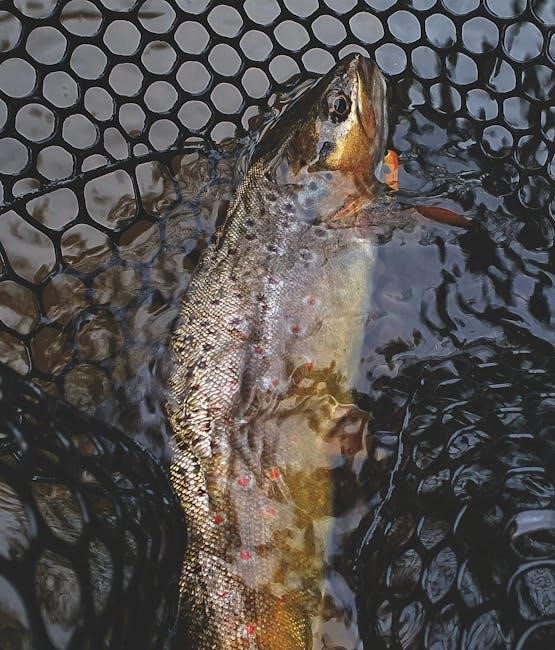
Flat Rate Considerations
When determining how much to tip a fly fishing guide, many anglers opt for a flat rate rather than a percentage-based tip. This approach simplifies the process and ensures that the guide receives fair compensation regardless of the trip’s overall cost. A common flat rate for a full-day fly fishing trip typically ranges between $75 and $100 per guide. This amount is considered standard across the industry and reflects the guide’s time, effort, and expertise.
For half-day trips, which usually last around 4 hours, a flat rate of $50 to $75 is generally appropriate. This adjustment accounts for the shorter duration while still acknowledging the guide’s contributions to the experience. If the trip involves multiple anglers, the flat rate can sometimes be split among the group, though it’s important to clarify this with the guide beforehand to avoid any misunderstandings.
Flat rate tipping is particularly useful when the trip cost is not clearly defined or when the service includes additional amenities, such as equipment rentals or instruction. In such cases, a flat rate ensures that the guide is fairly compensated for their efforts without relying on a percentage of the total cost. However, it’s essential to consider the quality of service when deciding on the flat rate. If the guide exceeds expectations by providing exceptional instruction, locating prime fishing spots, or going above and beyond to ensure a memorable experience, consider tipping on the higher end of the range.
Ultimately, the flat rate should reflect the value you receive from the trip. While $75 to $100 is the standard for a full-day trip, factors like location, trip duration, and the guide’s level of expertise can influence the final amount. By adhering to this flat rate guideline, you can ensure that your tip is both fair and appreciated, regardless of the specific details of your fly fishing adventure.
Per Guide vs. Per Person
When deciding how much to tip a fly fishing guide, it’s important to consider whether the tip is per guide or per person. In most cases, tips are expected to be per guide, not per person, even if multiple anglers are part of the trip. This standard practice ensures that the guide receives fair compensation for their time, effort, and expertise, regardless of the number of participants.
A common guideline for tipping per guide is to offer $75 to $100 for a full-day trip, depending on the quality of service. For half-day trips, which typically last around 4 hours, a tip of $50 to $75 per guide is considered appropriate. If you’re fishing with a friend or in a group, the tip can be split evenly among the anglers to ensure the guide receives a fair amount. However, it’s always a good idea to discuss this with your group beforehand to avoid confusion.
Tipping per person is less common but may be applicable in certain situations, such as when booking a guided trip through a lodge or resort. In such cases, the tipping structure might already be outlined in the package details. If not, it’s best to clarify with the guide or the booking service to ensure you’re adhering to their expectations.
Regardless of whether you’re tipping per guide or per person, communication is key. If you’re unsure about the appropriate amount or method, don’t hesitate to ask the guide directly. They can provide guidance based on their experience and the specific services they’ve provided during the trip. Remember, the tip should reflect the value you received from the experience, so if the guide went above and beyond to ensure a successful and enjoyable day, consider showing your appreciation with a higher tip.
Evaluating Guide Performance
Evaluating a fly fishing guide’s performance is crucial when determining how much to tip. A guide’s expertise, effort, and attitude significantly impact the quality of your fishing experience. A skilled guide who works diligently to ensure a successful and enjoyable trip deserves a higher tip, while a lackluster performance may warrant a lower amount within the standard range.
Key factors to consider include the guide’s knowledge of the water, ability to locate fish, and skill in teaching techniques, especially for beginners. A guide who goes above and beyond, such as navigating challenging terrain, providing insights into local ecosystems, or offering helpful tips, demonstrates exceptional service. Their willingness to adapt to changing conditions, like weather or fish behavior, also reflects their professionalism and dedication.
Interpersonal skills are equally important. A guide who is friendly, patient, and enthusiastic can greatly enhance your experience. On the other hand, a guide who seems disengaged or uninterested may detract from your enjoyment of the trip. Communication is another critical aspect; a guide who listens to your goals and preferences and tailors the trip accordingly shows a commitment to your satisfaction.
If the guide’s performance exceeds expectations, consider tipping on the higher end of the standard range, such as 20% or more of the trip cost. For example, if the guide helped you land a trophy fish or provided exceptional instruction, a larger tip is a fitting way to express gratitude. Conversely, if the guide’s performance was merely adequate, a tip closer to 15% may be appropriate.
Ultimately, the tip should reflect your overall satisfaction with the guide’s performance. If you feel the guide went the extra mile to ensure a memorable experience, recognize their efforts with a generous tip. However, if you felt the service was lacking, it’s reasonable to adjust the tip accordingly. Clear communication with the guide or the outfitter can also help address any concerns and ensure future improvements.
Factors Influencing the Tip
Several factors can influence the amount you decide to tip a fly fishing guide. These elements help determine whether the standard tipping range of 15% to 25% of the trip cost is appropriate or if adjustments should be made. Understanding these factors ensures that your tip reflects the quality of service and the overall experience.
The first factor is the length and type of the trip. Full-day trips typically warrant higher tips compared to half-day excursions. For example, a half-day trip might see a tip of $75 to $100, while a full-day trip could range from $100 to $150 or more. Additionally, the complexity of the trip, such as wade fishing in remote locations versus drifting in a boat, can influence the tip amount.
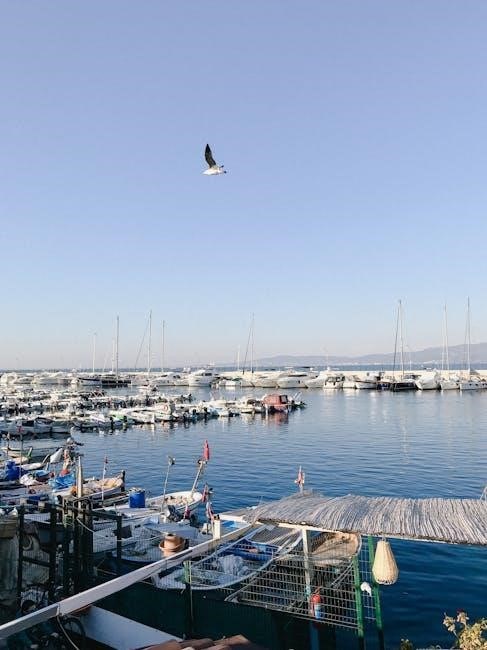
Another significant factor is the guide’s effort and expertise. A guide who works tirelessly to locate fish, provides expert instruction, and adapts to challenging conditions deserves a higher tip. If the guide demonstrates exceptional knowledge of the fishery, shares valuable insights, or goes above and beyond to ensure your success, it’s appropriate to reward their dedication with a larger gratuity.
The success of the trip also plays a role. Landing trophy fish or experiencing a productive day often leads to a more generous tip, as the guide’s skills directly contributed to your success. Conversely, if the fishing was slow due to uncontrollable factors like weather, the tip might remain within the standard range, as the guide’s effort may still have been commendable.
Lastly, regional norms and trip costs can influence tipping practices. In areas where guided trips are more expensive, such as Alaska or Hawaii, tips may naturally be higher due to the base cost of the trip. Additionally, some anglers choose to tip more if they feel the guide provided a particularly memorable or personalized experience.
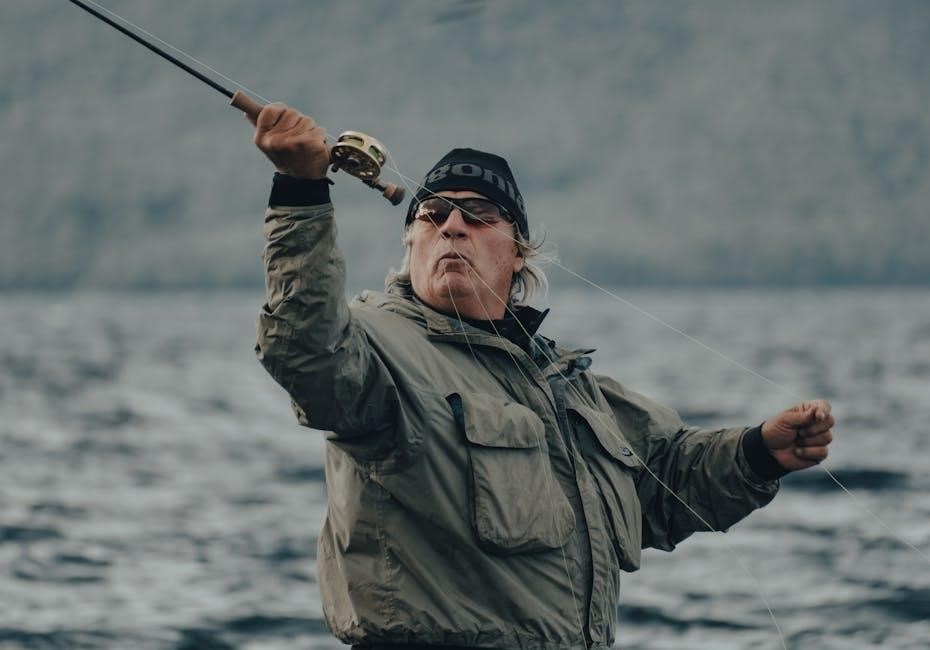
By considering these factors, you can determine a fair and appropriate tip that reflects the guide’s contributions to your fly fishing experience. Whether you’re fishing in a renowned destination or a local hotspot, tipping based on these influences ensures that your guide feels valued for their hard work and expertise.
Location and Regional Variations
Location and regional variations significantly influence how much anglers tip their fly fishing guides. Tipping norms can differ based on the area, local guide rates, and the overall cost of the fishing trip. Understanding these regional differences is essential to ensure that your tip is appropriate and fair.
In popular fly fishing destinations like Montana, Colorado, and Alaska, tipping practices tend to align with the higher cost of guided trips. For example, in Alaska, where fishing excursions can be more expensive due to remote locations and logistics, anglers often tip between 15% to 25% of the trip cost, which can amount to $150 or more for a full-day trip. Similarly, in Hawaii, where deep-sea and freshwater fishing guides are in demand, tips may lean toward the higher end of the range due to the premium nature of the experience.
In contrast, in regions with lower guide rates, such as parts of the southeastern United States or the Midwest, anglers might tip closer to the lower end of the standard range (15%) but still ensure it reflects the guide’s effort and performance. For instance, a half-day trip in North Carolina might see a tip of $50 to $75, while a full-day trip could range from $75 to $100.
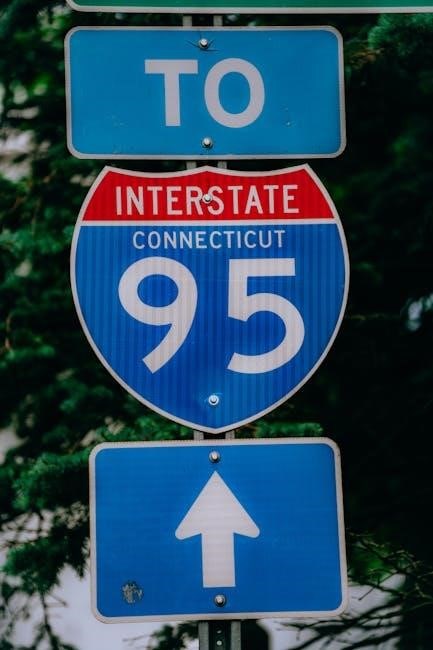
Regional variations also stem from local customs and the prevalence of guided fishing trips. In areas where fly fishing is a popular tourist activity, such as the Rocky Mountains or the Pacific Northwest, tipping norms may be more established and consistent. Guides in these areas often expect tips within the standard range, as they rely on gratuity to supplement their income.
Ultimately, while regional differences exist, the key is to base your tip on the guide’s service quality and the overall experience. Regardless of the location, a thoughtful and fair tip ensures that your guide feels appreciated for their expertise and hard work. By considering local norms and your satisfaction, you can determine a tip that aligns with both regional expectations and your personal experience.
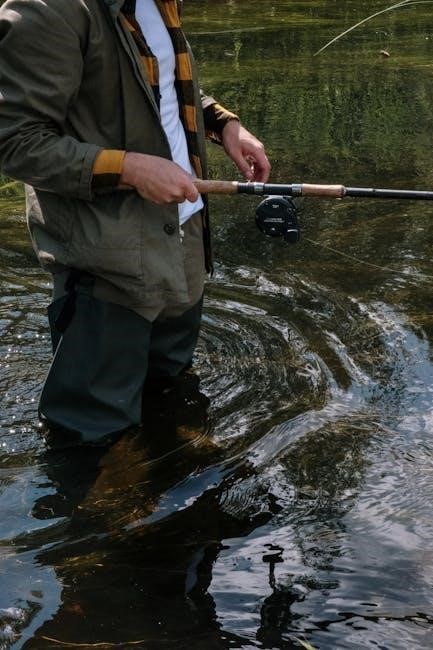
Payment Method
When it comes to tipping a fly fishing guide, the payment method can vary depending on personal preference and the guide’s accepted practices. Most guides prefer cash tips as they can immediately access the funds without any processing fees. Cash tips are also a straightforward way to ensure the guide receives the full amount intended. However, some guides may accept credit cards, though this is less common and may involve a small additional fee for processing.
Digital payment methods, such as Venmo or PayPal, are becoming increasingly popular. These platforms offer convenience for anglers who prefer not to carry large amounts of cash. However, not all guides may be familiar with or accept these methods, so it’s best to confirm in advance. If using a digital method, ensure the transaction is completed before the end of the trip to avoid delays.
For multi-day trips or lodge-based packages, tips can often be added to the final bill and paid via credit card. In these cases, it’s important to specify how much of the payment should go directly to the guide. Some lodges or outfitters may also provide envelopes or suggestion cards to make the tipping process more organized and discreet.
Regardless of the method chosen, it’s essential to present the tip in a respectful and considerate manner. Placing the cash in an envelope with a handwritten note of appreciation can add a personal touch and express gratitude for the guide’s efforts. For digital payments, a brief message thanking the guide for their hard work can be a thoughtful addition.
Special Circumstances
There are certain situations that may warrant adjusting the standard tipping amount for a fly fishing guide. For instance, if the guide goes above and beyond to ensure an exceptional experience, such as staying on the water longer than scheduled or providing additional instruction, a higher tip is appropriate. Conversely, if the day is cut short due to weather or other unforeseen circumstances, it’s still customary to tip, though the amount may be adjusted based on the time spent.
If the guide’s performance is particularly poor, such as being unprepared, disengaged, or unprofessional, it’s reasonable to tip on the lower end of the standard range or even less. However, this should be done thoughtfully, as guides often rely heavily on tips for their income. Communicating any concerns directly with the guide or outfitter can also be a constructive approach.
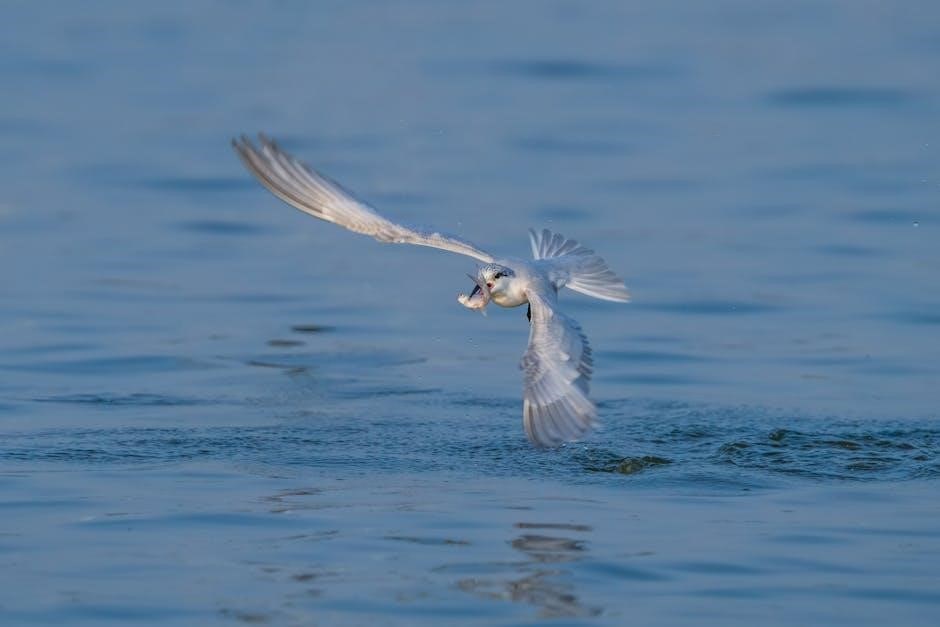
In cases where the trip is canceled by the guide or outfitter, tipping is generally not expected. However, if the cancellation is due to dangerous weather conditions or other unavoidable factors, a small token of appreciation for any prep work or time invested by the guide may still be considered.
For multi-day trips or extended expeditions, tipping practices may vary. Some anglers prefer to tip at the end of the trip, while others may opt to tip daily, especially if multiple guides are involved. In such cases, it’s important to clarify expectations with the guide or outfitter in advance to avoid confusion.
Additionally, if the guide provides extra services, such as gear maintenance, photography, or meal preparation, these should be factored into the tip. These added efforts enhance the overall experience and demonstrate a higher level of commitment and professionalism.

Tipping a fly fishing guide is a crucial way to show appreciation for their expertise, effort, and dedication to ensuring a memorable and successful fishing experience. While the standard tipping range of 15% to 20% of the trip’s total cost serves as a helpful guideline, the final amount should reflect the quality of service and the overall satisfaction with the experience. Factors such as the guide’s knowledge, work ethic, and willingness to go the extra mile should all be considered when determining the tip.
It’s also important to remember that tipping is not solely about the number of fish caught, but rather about the guide’s ability to provide a professional, enjoyable, and educational experience. Whether you’re a seasoned angler or a first-time fly fisher, a thoughtful tip acknowledges the guide’s hard work and helps ensure they can continue to provide exceptional service to future clients.
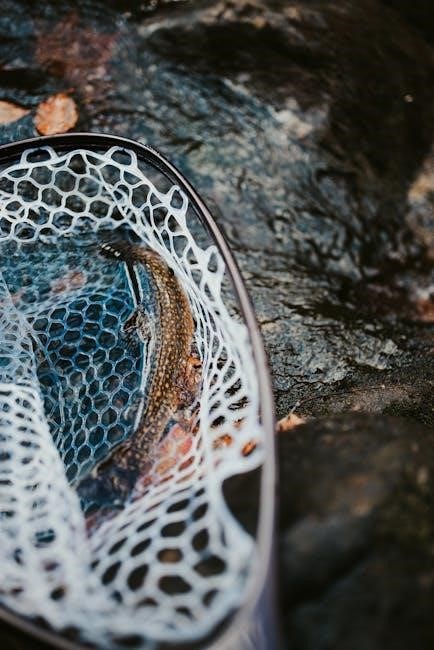
In addition to the monetary tip, expressing gratitude through a kind word or a positive review can also make a significant impact. If you’re unsure about the appropriate amount or method of tipping, it’s always a good idea to ask the guide or outfitter for guidance. This ensures that your tip is both fair and appreciated.
Ultimately, tipping is a personal decision that should align with your satisfaction and the value you received from the experience. By being thoughtful and considerate in your tipping, you contribute to the sustainability of the guiding profession and help maintain the high standards of service that make fly fishing trips so rewarding.

